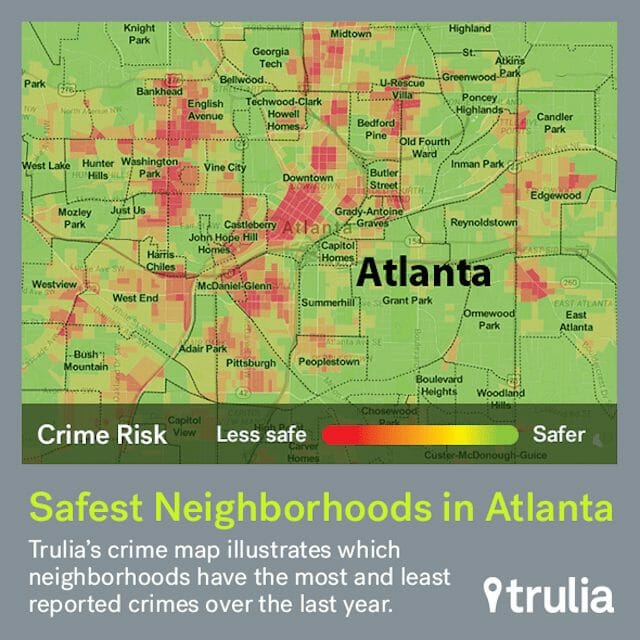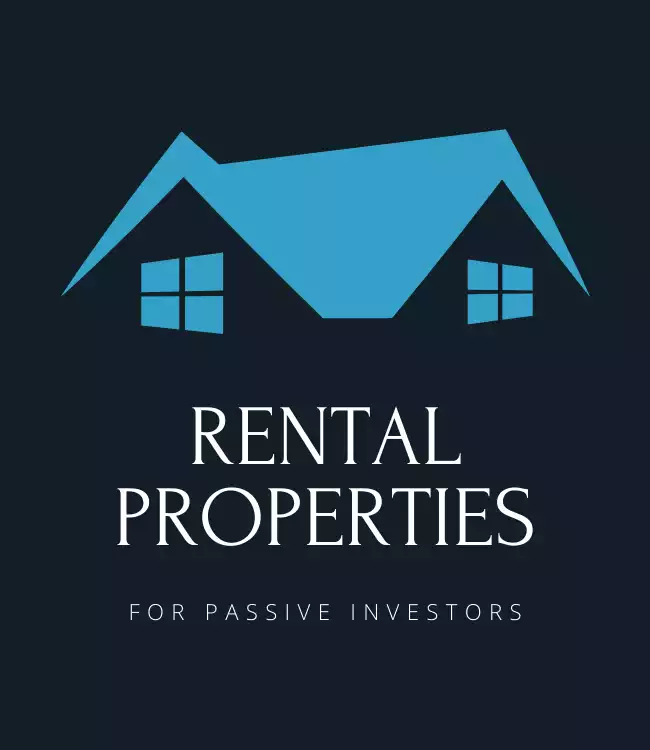The most important thing in real estate is location, location, location. Today we discuss the key factors to finding the perfect rental property neighborhood.
Cash Flow or Appreciation?
When determining an area to invest in, you must consider your goals. Are you more interested in cash flow or appreciation?
Cash flow means you’re making money on the property right away; the rent is higher than your expenses, including the mortgage. Appreciation means the house will gain a lot of value over a period.
If you’re looking for cash flow, a less expensive house in less expensive markets like the Midwest is what you should look for. The price to rent ratio will be better for cheaper homes in less affluent areas.
If you want appreciation, your investment will be more long term. You won’t make money right away, but the property will generally be newer, easier to manage because it won’t need a lot of repairs and the tenets tend to stay longer.
The prices in these areas often don’t match rents, so you have to count on appreciation to make money on these types of properties.
Use our tool to find out if you're getting a good deal. Know beforehand what your costs look like and whether your investment will generate cash flow. Just enter an address and it does the math for you. Don't guess the value of your investment, calculate it.
You can get your FREE property analysis and determine your rental’s profitability here.
Where Should You Buy – Near or Far?
The majority of
There are also risks and disadvantages. If you live in an expensive area, you may not be able to afford as many properties as you would like to own.
You are also more vulnerable to economic and weather events. If there is a big downturn in the local economy or a natural disaster, your investments are vulnerable because you have all of your eggs in one basket.
Great, you’re convinced that far is a good idea when it comes to a
When Andrew started real estate investing, he used Roofstock’s neighborhood metric to help with his decision. It rates based on five factors:
- Median Home Value: In regard to list price, half the homes are listed above this price and half below it.
- Median Income: Median income is the amount that divides income distribution into two equal groups, half with incomes above that amount and half below.
- Percent Employed: This is the rate of employment in an area. A number above 70% is considered high, under 50%, low.
- Percent of Owner-Occupied Homes: This is the number of people in the area who own rather than rent.
- Average School Rating: Whether or not an area has good schools is one of the most important factors when considering
rental property .
For a closer look at the criteria Andrew uses to screen his properties, the things he thinks about, and why those decisions matter, see the course he developed which walks you through his entire process, Rental Properties for Passive Investors here.
Our proven, data-driven approach to building a portfolio of income-producing rental properties that perform in the long-term.
No Vacancy
Another factor to consider is a vacancy, how long do properties in an area typically sit empty between tenets? You should put aside 5-7% of the monthly rent aside for vacancy times. That comes out to about one month of no rental income every two years.
Local property managers can get you these numbers. Requiring 60-90 days notice from your tenets and charging a fine if they don’t provide it can help protect you from a long vacancy.
Where the Cool Kids Are
There are certain areas that are hip and attracting young, educated people and the industries that employ them. How do you know what those areas are?
Net move in and net move out data can give you an indication. People are moving out of rust belt areas in search of better jobs and moving out of markets where they’re being priced out like New York City and San Francisco. They are being attracted by cities like Denver, Nashville, and Tampa.
Not only do these cities have good job markets, but they have the things that attract the young and educated, lots of activities, a good food and bar scene, walkable downtown areas because fewer people own cars and prefer to walk, bike, or Uber.
These are big cities; you can narrow down the neighborhood you want to invest in by talking to local property managers. Where is there strong demand, where are apartments leasing before they can even be listed, where are rents rising? Realtor.com publishes this data every six months.
Crime
No one wants to invest in a high crime area because no one wants to live in one. How do you know where the crime is when you’re half a country away.
You can look around a neighborhood on Google Street View. Are the houses tumble down, are there lots of old hoopties parked on the street, are the surrounding businesses bail bondsmen, liquor stores, and check cashing places? Probably not the safest area.
Also, see if the city you are considering investing in publishes crime data. When I was researching to move to New Orleans, I used this map provided by the NOPD. It shows not only where crimes have been reported but what the crimes are.

I didn’t want to move into an area with a lot of shootings or muggings, but I didn’t care so much about shoplifting and drunk and disorderly (the whole city is not drunk and disorderly despite what you may have heard. Not during the week at least.)
If the city you want to invest in has a local page on Reddit, read through that. It helped me understand where the more dangerous parts of New Orleans were.
You can also extrapolate whether or not an area will have a lot of crime using the five criteria listed above. Places that have good scores in those five areas are not going to be high crime areas.
HOA: Avoid Like the Plague?
I say yes. As an American, that shit offends my freedom. Zach agrees but for different reasons. If the fee is more than $20, it’s a yield killer. There can be a lot of dumb rules and unnecessary red tape. The board may put rent restrictions in place or add a lot of aggravation like requesting reams of paperwork from potential tenets and having the right to review the lease between you and the tenet.
If you are interested in generating passive income through a
Show Notes
Bend the Knee: A Belgian-style golden ale.
Tool Box: All the best stuff to manage your money.
Investable: Research and evaluate rental properties.



